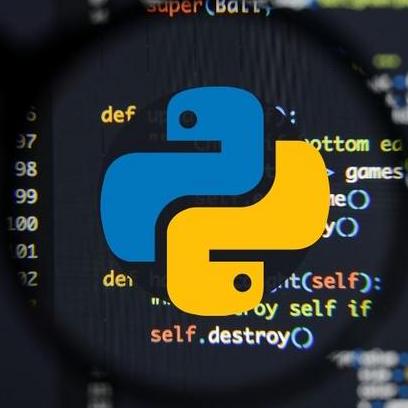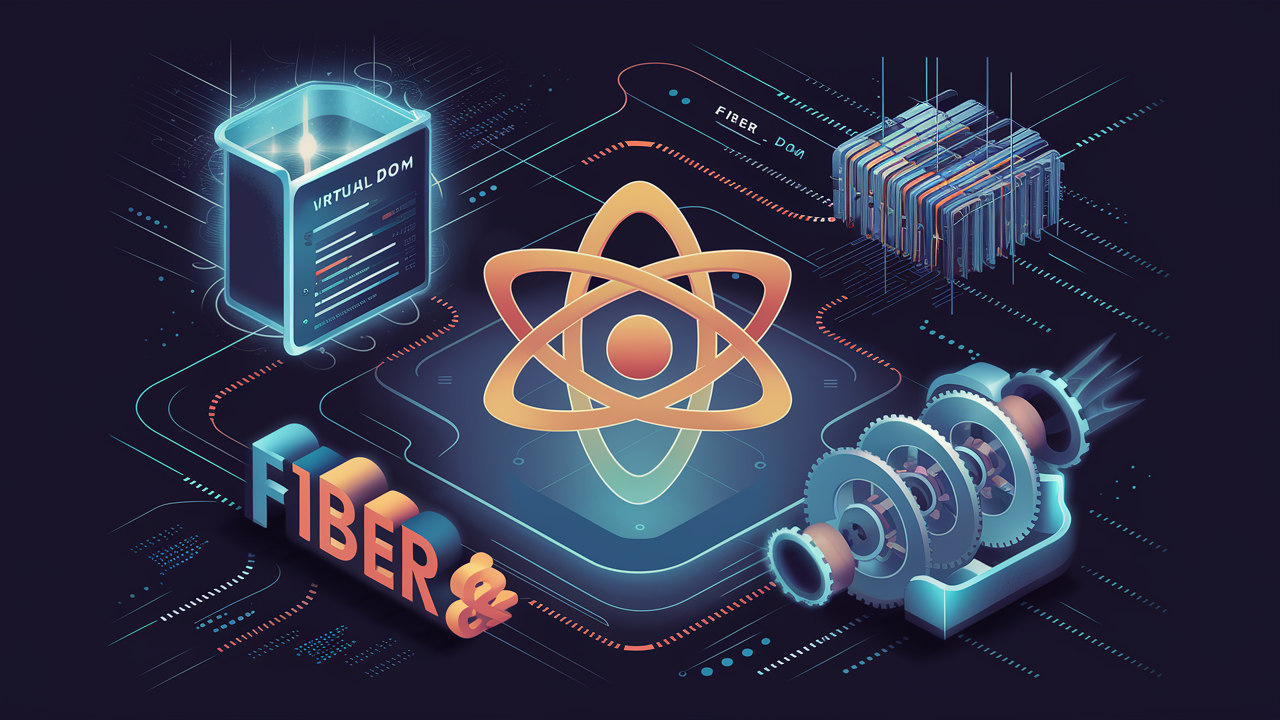Virtual DOM, Fiber, and Reconciliation
 Shivam Kumar
Shivam Kumar
Introduction
In the world of front-end development, React has emerged as a dominant force, revolutionizing the way developers build user interfaces. At the heart of React's performance and efficiency lie concepts like Virtual DOM, Fiber, and Reconciliation. In this article, we'll delve into these core concepts, unraveling their significance and exploring how they contribute to React's success.
Understanding Virtual DOM
The Virtual DOM is a lightweight representation of the actual DOM (Document Object Model) in memory. When changes occur in a React application, instead of directly manipulating the DOM, React first updates the Virtual DOM. This process is significantly faster than altering the real DOM, as it avoids costly browser reflows and repaints.
Fiber: The Reconciler
Fiber is a reimplementation of React's core algorithm for rendering. It's designed to be more incremental and capable of handling priorities, enabling React to pause and resume work as needed. This incremental rendering approach allows React to prioritize high-priority updates, such as user interactions, while still maintaining a responsive user interface.
The Role of Reconciliation
Reconciliation is the process by which React updates the DOM to match the Virtual DOM. When changes occur in a component's state or props, React performs reconciliation to determine the most efficient way to update the DOM. This process involves comparing the previous Virtual DOM with the updated one and calculating the minimal set of changes needed to synchronize the two.
Importance of These Concepts
Performance Optimization: By leveraging the Virtual DOM, React minimizes unnecessary DOM manipulations, resulting in faster rendering and improved performance.
Improved User Experience: Fiber and reconciliation ensure that React applications remain responsive and interactive, even when dealing with complex user interfaces and heavy workloads.
Developer Productivity: React's abstraction of the DOM and intelligent rendering algorithms simplify the development process, allowing developers to focus on building robust applications rather than worrying about low-level optimizations.
Conclusion
In summary, Virtual DOM, Fiber, and Reconciliation are fundamental concepts that underpin React's success as a front-end library. By efficiently managing updates and rendering, React delivers exceptional performance, responsiveness, and developer productivity. Understanding these concepts is crucial for building high-quality React applications and mastering the art of front-end development.
Subscribe to my newsletter
Read articles from Shivam Kumar directly inside your inbox. Subscribe to the newsletter, and don't miss out.
Written by

Shivam Kumar
Shivam Kumar
Hey there! I'm Shivam, a beginner web developer who's passionate about coding and creating beautiful websites. I'm currently in the process of learning everything I can about web development, and I'm always excited to discover new tools and techniques that can help me grow as a developer. This blog is where I'll be sharing my journey and what I'm learning along the way. From tips and tricks to code snippets, I hope to help other beginners like me as we navigate the world of web development together. Thanks for stopping by, and I hope you'll join me on this journey as we learn and grow together!